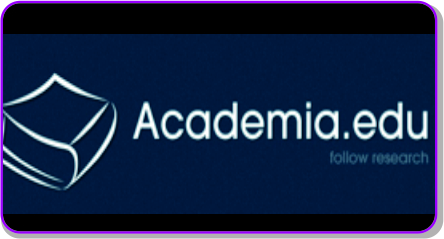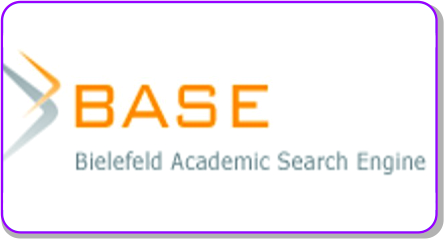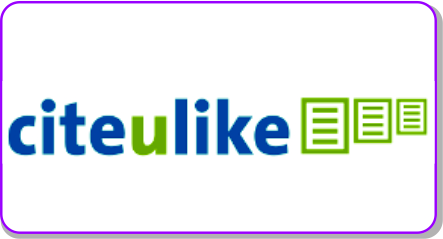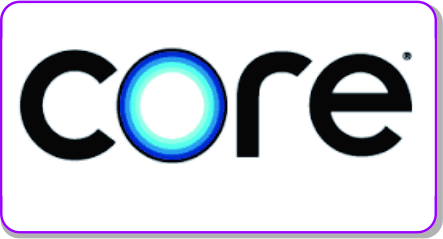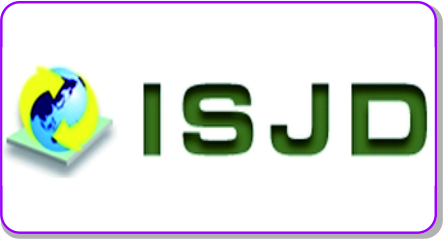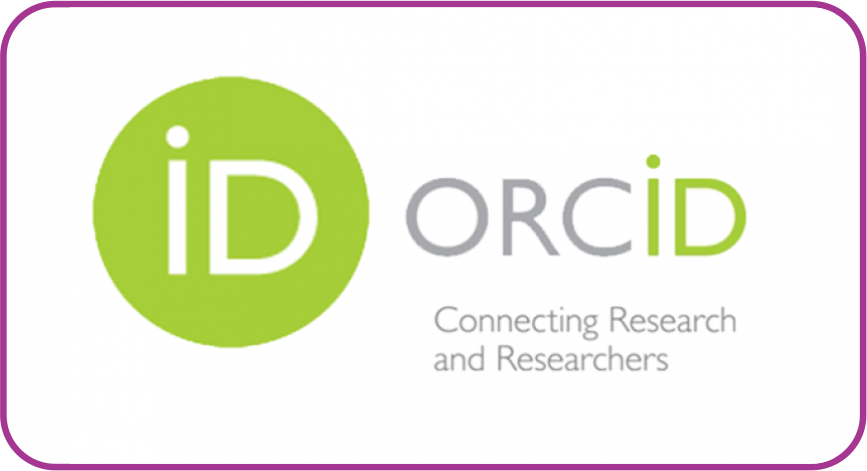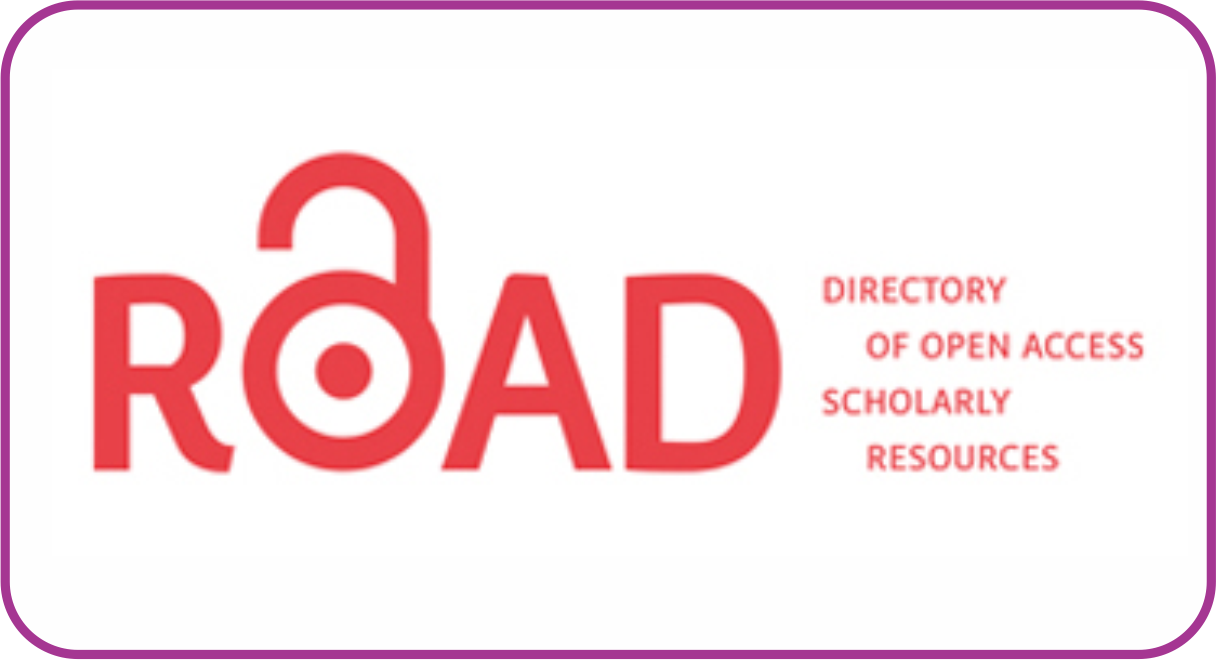Practice Guidelines for Assisting Students with Visual Impairments
DOI:
https://doi.org/10.30983/educative.v8i2.7286Keywords:
Career Transition, Assistive Technology, Visual Impairments, Practice GuidelinesAbstract
Students who are visually impaired but receive adequate support at an early stage have a greater chance of progressing in their academics and future careers. In this research article, the author identified various practice guidelines that can help students with visual impairments achieve a successful transition into the world of work. To discuss available practice guidelines for students from this population, the author conducted a narrative-integrative literature review. According to the study findings, teachers and schools have practical roles to play in assessing and administering educational programs for these students, as well as in utilizing assistive technologies. Further, the study provided guidelines for encouraging career transitions among these students, what is expected of their parents and caregivers, how to provide social and emotional support to these students, and ways to improve their access to library resources. This research contributes to advancing teachers', parents', librarians', and counsellors' knowledge about how to best assist students with visual impairments The study concluded that ongoing training is critical for all relevant stakeholders, including school administrators, parents, and teachers of visually impaired students.
Siswa tunanetra yang menerima dukungan memadai pada tahap awal memiliki peluang lebih besar untuk maju dalam bidang akademik dan karir dimasa depan. Dalam artikel penelitian ini, penulis mengidentifikasi berbagai pedoman praktik yang dapat membantu siswa tunanetra mencapai transisi yang sukses ke dunia kerja. Untuk mendiskusikan pedoman praktik yang tersedia bagi siswa dari populasi ini, penulis melakukan tinjauan literatur naratif-integratif. Berdasarkan temuan penelitian, guru dan sekolah memiliki peran praktis dalam menilai dan mengelola program pendidikan bagi siswa tersebut, serta dalam menggunakan bantuan teknologi. Lebih lanjut, penelitian ini memberikan pedoman untuk mendorong transisi karir di kalangan siswa, apa yang diharapkan dari orang tua dan pengasuh mereka, bagaimana memberikan dukungan sosial dan emosional kepada siswa, dan cara untuk meningkatkan akses mereka terhadap sumber daya perpustakaan. Penelitian ini berkontribusi untuk meningkatkan pengetahuan guru, orang tua, pustakawan, dan konselor tentang cara terbaik untuk membantu siswa tunanetra. Studi ini menyimpulkan bahwa pelatihan berkelanjutan sangat penting bagi semua pemangku kepentingan terkait, termasuk administrator sekolah, orang tua, dan guru tuna netra.
References
References
Adetoro, N. (2011). Availability and use of information materials by persons with visual impairments in Nigeria. Information, Society and Justice., 4(2), 5–18.
American Foundation for the Blind. (2013). Educational interventions for students with low vision. [Online]. http://www.afb.org/section.aspx?FolderID=3&SectionID=44&TopicID=189&DocumentID=2646.
American Foundation for the Blind. (2017). Accommodations and Modifications at a Glance : Educational Accommodations for Students Who Are Blind or Visually Impaired. Family Connect Website, 1–10. http://www.familyconnect.org/info/education/know-your-rights/accommodations-and-modifications-at-a-glance/235
American Foundation for the Blind. (2020). What’s Different About the Way Visually Impaired Children Learn? APH ConnectCenter; http://www.familyconnect.org/info/browse-by-age/infants-and-toddlers/education-iandt/whats-different-about-the-way-visually-impaired-children-learn/1235. https://familyconnect.org/browse-by-age/infants-and-toddlers/education-iandt/whats-different-about-the-way-visually-impaired-children-learn/
Atkinson, M. T., & Dhiensa, J. (2007). Improving library services to people with print disabilities: the role of technology in public libraries In Improving library services to people with disabilities. C. Deines-Jones, Ed. Oxford: Chandos Publishing.
Avramidis, E. (2012). Self-concept, social position and social participation of pupils with SEN in mainstream primary schools. Research Papers in Education., 28(4), 421–442.
Bell, E. C., Ewell, J. V., & Mino, N. M. (2013). National reading media assessment for youth with visual impairments: Research report. Journal of Blindness Innovation and Research., 3(2). http://pdrib.com/pages/researchreports.php
Berg, W. (2006). Issues in the management of infants and young children who are deaf-blind. Infants and Young Children., 19, 323–337.
Bowen, S. K., & Ferrell, K. (2003). Assessment in low-incidence disabilities: The day-to-day realities. Rural Special Education Quarterly., 22(4), 10–19.
Cattell, P. (1940). The measurement of intelligence of infants and children. New York, NY: The Psychological Corporation.
Celeste, M. (2006). Play behaviors and social interactions of a child who is blind: In theory and practice. Journal of Visual Impairment & Blindness., 100(2), 75–90. https://doi.org/10.1177%2F0145482X0610000203
Chen, D. (2004). Young children who are deaf-blind: Implications for professionals in deaf and hard of hearing services. The Volta Review., 104, 273–284.
Chen, D., Alsop, L., & Minor, L. (2000). Lessons from Project PLAI in California and Utah: Implications for early intervention services to infants who are deaf-blind and their families. Deaf-Blind Perspectives., 7(3), 1–8.
Chen, D., & Haney, M. (1995). An early intervention model for infants who are deaf-blind. Journal of Visual Impairment & Blindness., 89, 213–222.
Chen, D., Klein, D., & Haney, M. (2007). Promoting interactions with infants who have complex multiple disabilities: Development and field testing of the PLAI Curriculum. Infants and Young Children., 20, 149–162.
Chen, D., Klein, D., & Minor, L. (2008). Online professional development for early interventionists: Learning a systematic approach to promote caregiver interactions with infants who have multiple disabilities. Infants and Young Children., 21, 120–133.
Colclasure, B. C., Thoron, A. C., & LaRose, S. E. (2018). Teaching Students with Disabilities: Visual Impairment and Blindness. ResearchGate, January, 129–136. https://doi.org/10.4324/9780367824488-30
Corn, A. L., & Erin, J. (2010). Foundations of low vision. New York, NY: AFB Press.
D’Andrea, F. M., & Siu, Y.-T. (2015). Students with Visual Impairments: Considerations and Effective Practices for Technology Use (pp. 111–138). https://doi.org/10.1108/s2056-769320150000001005
Davis, G. (2009). Towards a transformed library and information sector in South Africa: rethinking roles. South African Journal of Library and Information Science., 75(2), 131–137.
Deines-Jones, C. (2007). Improving library services to people with disabilities. Oxford: Chandos Publishing.
Education., U. D. of. (2000). Educating blind and visually impaired students: Policy guidance. Federal Register., 65(111), 36586–36594.
Egnor, D. (1996). Individuals with Disabilities Education Act Amendments of 1996. Focus on Autism and Other Developmental Disabilities, 11(4), 194–206. https://doi.org/10.1177/108835769601100401
Ferrell, K. A. (1997). Preface: What’s different about how visually impaired children learn? In P. Crane, D. Cuthbertson, K. A. Ferrell, & H. Scherb (Eds.), Equals in partnership: Basic rights for families of children with blindness or visual impairment. (pp. 1–3). Watertown, MA: The Hilton/Perkins Program and the National Association of Parents with Visual Impairment.
Ferrell, K. A. (2011). Reach out and teach: Helping your visually impaired child learn and grow. (2nd ed.). New York, NY: AFB Press.
Forber-Pratt, A., Reesman, J., Hanson, S., Sung, C., & Bruyere, S. (2022). APA GUIDELINES for Assessment and Intervention with Persons with Disabilities. American Psychological Association Council of Representative.
Gold, D., Shaw, A., & Wolffe, K. (2010). The social lives of Canadian youths with visual impairments. Journal of Visual Impairment and Blindness., 104(7), 431–443.
Groenveld, M., & Jan, J. (1992). Intelligence profiles of low vision and blind children. Journal of Visual Impairment & Blindness., 86, 68–71.
Gunde, M. G. (1991). Every librarian should know about the Americans with Disabilities Act. Merican Libraries., 22(8), 380–398. http://www.jstor.org/stable/25632347
Harris, J., & Lord, C. (2016). Mental health of children with vision impairment at 11 years of age. Developmental Medicine & Child Neurology., 58(7), 774–779.
Holte, L., Prickett, J. G., Van Dyke, D. C., Olson, R. J., Lubrica, P., Knutson, C. L., Knutson, J. F., & Brennan, S. (2006). Issues in the evaluation of infants and young children who are suspected of or who are deaf-blind. Infants and Young Children., 19(3), 213–227. https://doi.org/10.1097/00001163-200607000-00006
Hume, D. (2011). Assistive technology use by Kentucky students with visual impairments. Available from ProQuest Dissertations and Theses database.
Hunt, L. (2001). The effects of blur on neuropsychological tests in young and old adults. Dissertation Abstracts International: Section B. Sciences & Engineering., 62(4-B), 2087.
Irvall, B., & Nielsen, G. S. (2005). Access to libraries for persons with disabilities: checklist. In International Federation of Library Associations and Institutions, IFLA professional Report No. 89. The Hague: IFLA. http://www.ifla.org/files/assets/hq/publications/professional-report/89.pdf
Jatana, K. R., Thomas, D., Weber, L., Mets, M. B., Silverman, J. B., & Young, N. M. (2013). Usher syndrome: Characteristics and outcomes of pediatric cochlear implant recipients. Otology & Neurotology., 34, 484–489.
Kamei-Hannan, C., Howe, J., Herrera, R. R., & Erin, J. N. (2012). Perceptions of teachers of students with visual impairments regarding assistive technology: A follow-up study to a university course. Journal of Visual Impairment & Blindness., 106, 666–678.
Kasomo, D. (2012). Psychological assessment of visual impaired children in integrated and special schools. Education, 2(1), 35–40.
Kelly, S. M. (2009). Use of assistive technology by students with visual impairments: Findings from a national survey. Journal of Visual Impairment & Blindness., 103, 470–480.
Kelly, S. M. (2011). The use of assistive technology by high school students with visual impairments: A second look at the current problem. Journal of Visual Impairment & Blindness., 105, 235–239.
Kelly, S. M., & Smith, D. W. (2011). The impact of assistive technology on the educational performance of students with visual impairments: A synthesis of the research. Journal of Visual Impairment & Blindness., 105, 73–83.
Kharamin, F., & Siamian, H. (2011). The survey of public library services for visually impaired and blind in public libraries: case study of Mazandaran province librarian, Iran. Singapore: International Association of Computer Science and Information Technology (IACSIT) Press.
Koenig, A. J., & Holbrook, M. C. (1995). Learning media assessment of students with visual impairments: A resource guide for teachers. (2nd ed.). Austin, TX: Texas School for the Blind and Visually Impaired.
Koenig, A. J., & Holbrook, M. C. (2000). Ensuring high-quality instruction for students in Braille literacy programs. Journal of Visual Impairment & Blindness., 94, 677–694.
Le Fanu, G., Bassendine, M., McCall, J., McCall, S., & Myers, J. (2018). Guide: Inclusive teaching and learning for children with visual impairments. Sense International, 1–104.
Lowenfeld, B. (1973). The visually handicapped child in school. New York, NY: Day.
Lueck, A. (2004). Functional vision: A practitioner’s guide to evaluation and intervention. New York, NY: AFB Press.
Malloy, P., McGinnity, B., Kenley, J., Vellia, P., & Voelker, S. (2009). Transition: Life after high school for youth who are deaf-blind. http://documents.nationaldb.org/products/transition01-09.pdf
Maurya, H. (2016). Strategies for Teaching Students rvith Visual Impairment. VIKAS VINIARSH (An Int€rnational Multidisciplinary Refereed Resesrch Jouro.
McDonnall, M. C. (2011a). Predictors of employment for youths with visual impairments: Findings from the second National Longitudinal Transition Study. Journal of Visual Impairment & Blindness., 105(8), 453–466.
McDonnall, M. C. (2011b). Predictors of employment for youths with visual impairments: Findings from the second National Longitudinal Transition Study. Journal of Visual Impairment & Blindness., 105(8), 453–466.
McDonnall, M. C., & Crudden, A. (2009). Factors affecting the successful employment of transition-age youths with visual impairments. Journal of Visual Impairment & Blindness., 103(6), 329–341.
McDonnell, A. A. (2010). Managing Aggressive Behaviour in Care Settings: Understanding and applying Low Arousal Approaches. Wiley Publications.
McGaha, C. G., & Farran, D. C. (2001). Interactions in an inclusive classroom: The effects of visual status and setting. Journal of Visual Impairment & Blindness., 95(2), 80–94. https://doi.org/10.1177%2F0145 482X0109500203
Michael, M. G., & Paul, P. V. (1991). Early intervention for infants with deaf-blindness. Exceptional Children., 57, 200–210.
Michigan Department of Education. (2013). Low Incidence Outreach. Michigan Vision Severity Rating Scale (Rev.). http://mde-lio.cenmi.org/LinkClick.aspx?fileticket=fdERXj-G4Vw%3D&tabid=1897
Miller, J. C., & Skillman, G. D. (2003). Assessors’ satisfaction with measures of cognitive ability applied to persons with visual impairments. Journal of Visual Impairment & Blindness., 97, 769–774.
Monson, M. R. (2009). The Expanded Core Curriculum and its relationship to postschool outcomes for youth who are visually impaired. ProQuest Dissertations and Theses., 276. http://proxy.seattleu.edu:2048/login?url=http://search.proquest.com/docview/304965652?accountid=28598%5Cnhttp://primo.seattleu.edu/openurl/SEAU/seau_services_page?genre=unknown&issn=9781109370904&jtitle=&atitle=&aulast=Monson&date=2009&spage=&issue=&volum
Murdoch, H. (2004). Early intervention for children who are deafblind. Educational and Child Psychology., 21(2), 67–79.
Musgrove, M., & Yudin, M. K. (2013). Dear Colleague letter on Braille. Washington, DC: U.S. Department of Education, Office of Special Education & Rehabilitative Services. http://www2.ed.gov/policy/speced/guid/idea/memosdcltrs/brailledcl-6-19-13.doc
Olmstead, J. E. (2005). Itinerant teaching: Tricks of the trade for teachers of students with visual impairments. (2nd ed.). New York, NY: AFB Press.
Pinquart, M., & Pfeiffer, J. P. (2014). Change in psychological problems of adolescents with and without visual impairment. European Child & Adolescent Psychiatry., 23(7), 571–578. https://doi.org/10.1007/ s00787-013-0482-y
Prickett, J. G., & Welch, T. R. (1998). Educating students who are deafblind. In S. Z. Sacks & R. K. Silberman (Eds.), Educating students who have visual impairments with other disabilities. (pp. 139–159). Baltimore, MD: Paul H. Brookes.
Pugh, G. S., & Erin, J. (1999a). Blind and Visually Impaired Student (Educational Service Guidelines). Spiral-bound.
Pugh, G. S., & Erin, J. (1999b). Blind and visually impaired students: Educational service guidelines. Alexandria, VA: National Association of State Directors of Special Education.
Robertson, L. (2012). Access for library users with disabilities. [Online]. http://www.sconul.ac.uk/content/access-library- users-disabilities
Rosemblum, L. P. (1998). Best friendships of adolescents with visual impairment: A descriptive study. Journal of Visual Impairment & Blindness., 92(9), 593–608.
Salend, S. J., & Garrick Duhaney, L. M. (1999). The impact of inclusion on students with and without disabilities and their educators. Remedial and Special Education, 20(2), 114–126.
Schwartz, I. S., & McBride, B. (1995). Instructional strategies in early intervention programs for children with deaf-blindness. In N. G. Haring & L. T. Romer (Eds.), Welcoming students who are deaf-blind into typical classrooms: Facilitating school partipation, Learning and Friendship. Baltimore, MD: Paul H. Brookes.
Seltman, W. (2022). Tips for Parents of Visually Impaired Children. WebMD. https://www.webmd.com/eye-health/tips-for-parents-visually-impaired-children
Silberman, R., Bruce, S., & Nelson, C. (2004). Children with sensory impairments. In F. Orelove, D. Sobsey, & R. Silberman (Eds.), Educating children with multiple disabilities: A collaborative approach. (4th ed., pp. 425–528). Baltimore, MD: Paul H. Brookes.
Singh, V. P. (2004). Education of the blind and visually impaired. New Delhi, India: Sarup & Sons.
Skill: National Bureau for Students with Disabilities. (2002). The Special Educational Needs and Disability Act (SENDA) 2001: An introduction to the new legislation from Skill: National Bureau for Students with Disabilities. Planet, 6(1), 4–5.
Smith, D. W., Kelley, P., Maushak, N. J., Griffin-Shirley, N., & Lan, W. Y. (2009). Assistive technology competencies for teachers of students with visual impairments. Journal of Visual Impairment & Blindness., 103, 457–469.
Spungin, S. J., & Ferrell, K. A. (2007). The role and function of the teacher of students with visual handicaps: CEC-DVI position statement [Adopted by the Division on Visual Impairments of the Council for Exceptional Children]. http://higherlogicdownload.s3.amazonaws.com/SPED/d2199768-679e-41f6-aa2ae9d3b5b748c8/UploadedImages/Nov14OldPP/The%252520Role%252520and%252520Function%252520of%25252%250A0the%252520Teacher%252520of%252520Students%252520with%252520Visual%252520Impairments%252520%252520for%252520w%250Aeb%25
Todaro, A. J. (2005). Library services for people with disabilities in Argentina. New Library World., 106(1212/1213), 253–268.
U.S. Department of Education. (2000). The Condition of Education, 2000. National Center for Education Statistics., 1–383. https://login.ezproxy.library.ualberta.ca/login?url=https://www.proquest.com/scholarly-journals/condition-education-2000/docview/62419773/se-2?accountid=14474%0Ahttp://resolver.library.ualberta.ca/resolver?url_ver=Z39.88-2004&rft_val_fmt=info:ofi/fmt:kev:
U.S. Department of Education. (2019). Number of students ages 6 through 21 served under IDEA , Part B, by disability and state: 2018-2019. Disability Category and State: Fall 2006. https://www2.ed.gov/programs/osepidea/618-data/static-tables/index.html
Warren, D. H. (1994). Blindness and children: An individual differences approach. New York, NY: Cambridge University Press.
Watkins, S., Clark, T., Strong, C., & Barringer, D. (1994). Effectiveness of an intervener model of services for young deaf-blind children. American Annals of the Deaf., 139, 404–409.
Wolffe, K., & Kelly, S. M. (2011). Instruction in the areas of the Expanded Core Curriculum linked to transition outcomes for students with visual impairments. Journal of Visual Impairment & Blindness., 105(6), 340–349.
World Blind Union. (2015). Joint Submission to the UNCRPD Committee on the Education of Persons with Disabilities for a Day of General Discussion Leading to General Recommendation. World Blind Union (WBU) and International Council for Education of People with Visual Impairment (ICEVI)’s.
Zhou, L., Ajuwon, P. M., Smith, D. W., Griffin-Shirley, N., Parker, A. T., & Okungu, P. (2012). Assistive technology competencies for teachers of students with visual impairments: A national study. Journal of Visual Impairment & Blindness., 106, 656–665.
Downloads
Submitted
Accepted
Published
Issue
Section
License
Authors who publish with this journal agree to the following terms:
1. Authors retain copyright and grant the journal right of first publication with the work simultaneously licensed under a Creative Commons Attribution License that allows others to share the work with an acknowledgment of the work's authorship and initial publication in this journal.
2. Authors are able to enter into separate, additional contractual arrangements for the non-exclusive distribution of the journal's published version of the work (e.g., post it to an institutional repository or publish it in a book), with an acknowledgment of its initial publication in this journal.
3. Authors are permitted and encouraged to post their work online (e.g., in institutional repositories or on their website) prior to and during the submission process, as it can lead to productive exchanges, as well as earlier and greater citation of published work (See The Effect of Open Access).

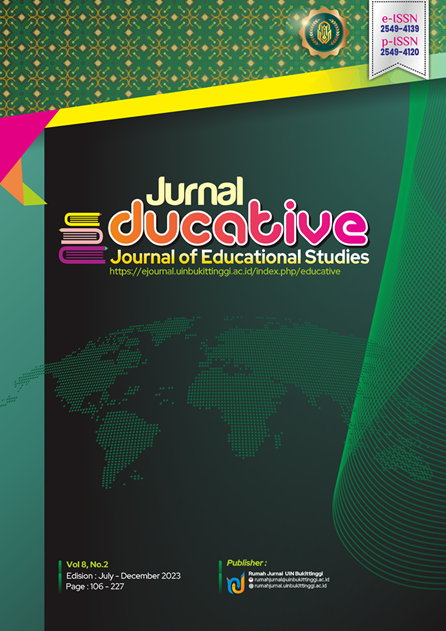



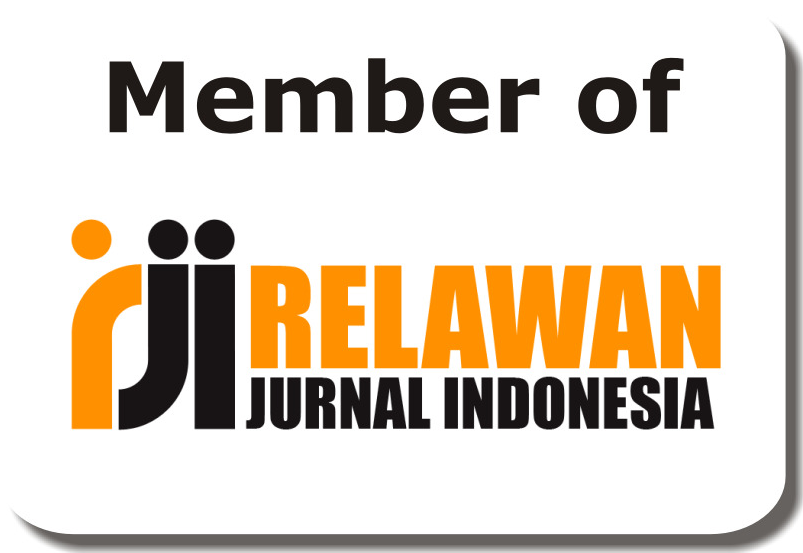
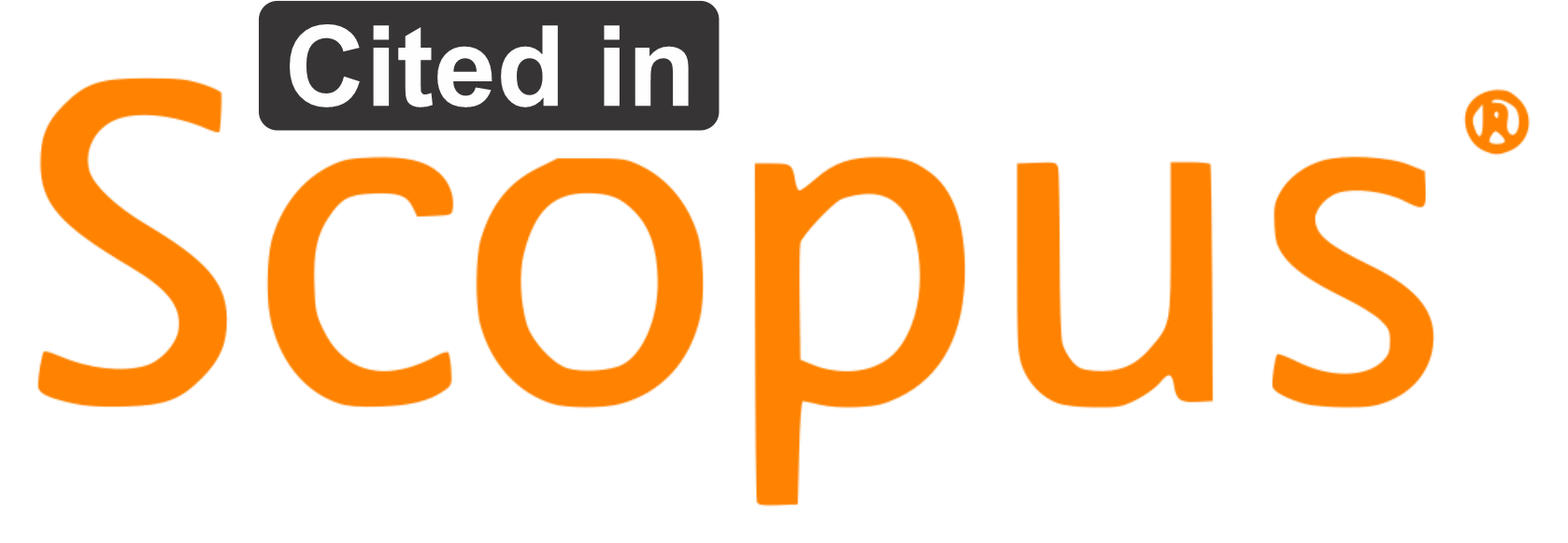
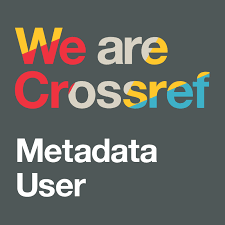
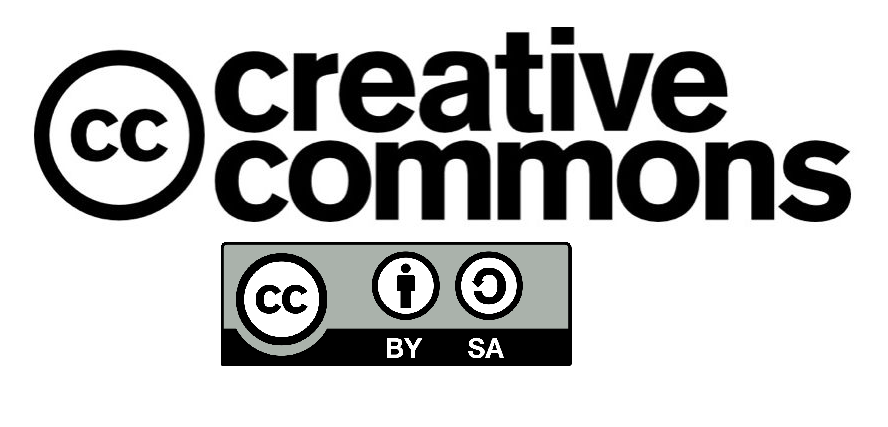
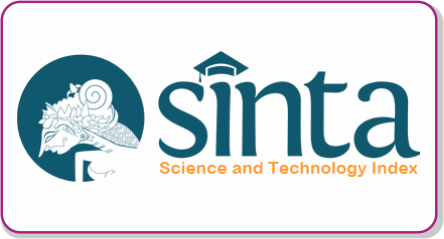

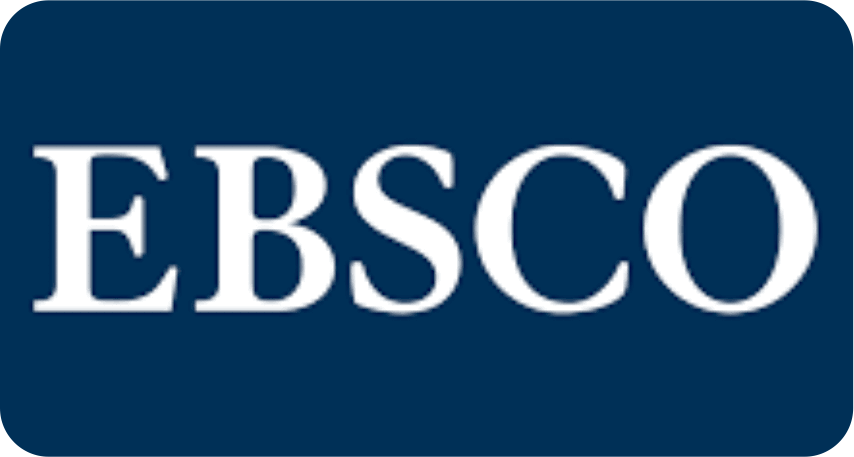
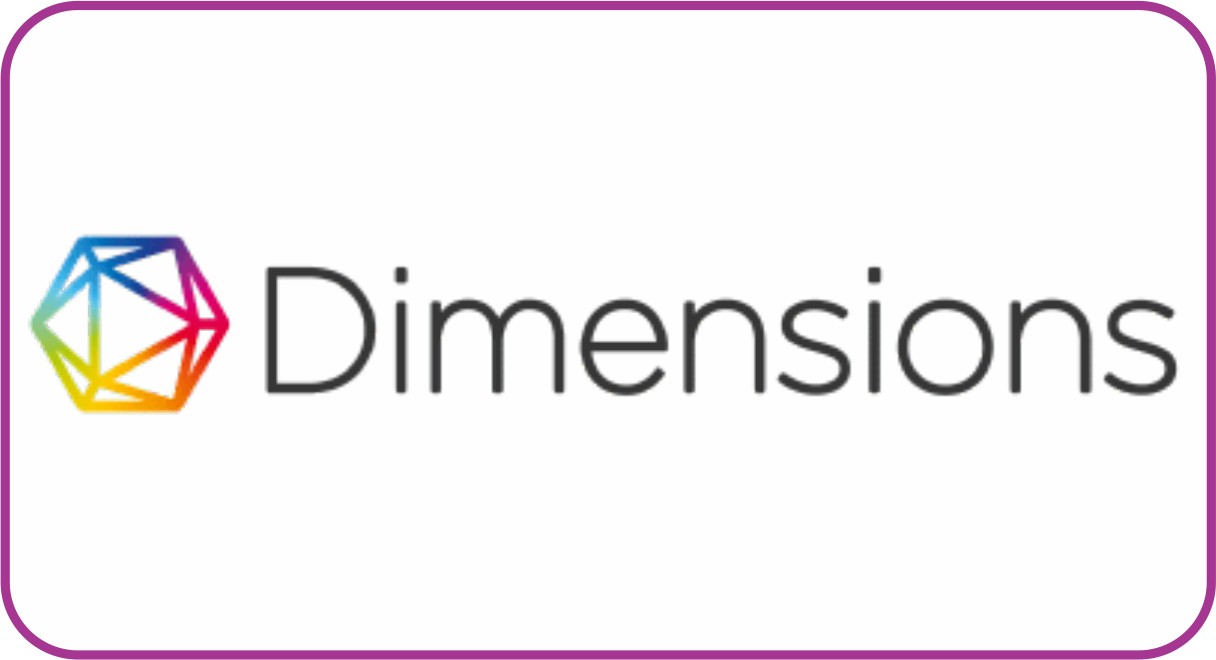

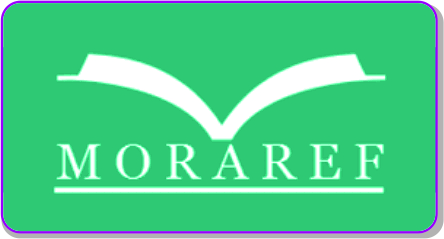



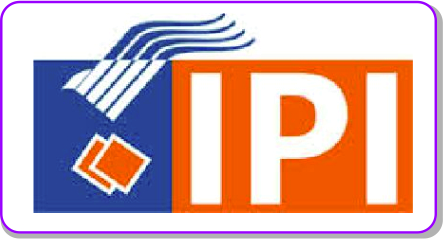 Â
 